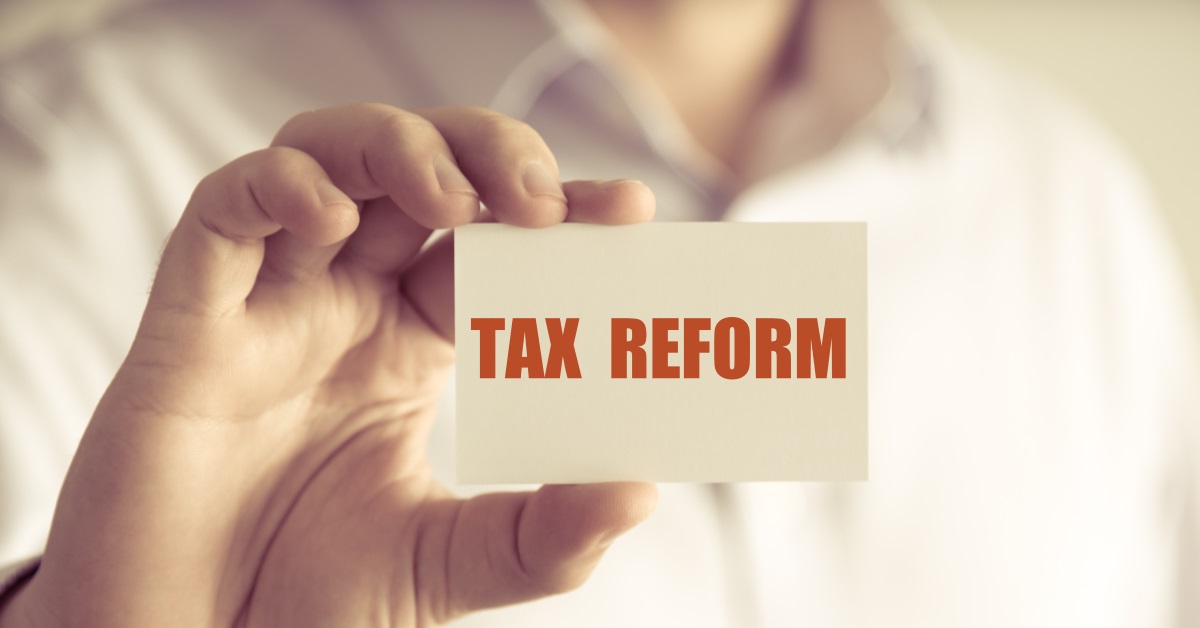
Article by Patrick McCredie, Associate Broker in Voit’s Irvine office
The Tax Cuts and Jobs Act (TCJA) of 2017 is a reform with the largest impact on real estate since the Tax Reform Act of 1986. Despite all the noise surrounding federal tax reforms, little appears to have changed in terms of the negative effects on the commercial real estate sector. In fact, some people are saying quite the opposite, claiming this is a once-in-a-generation opportunity for real estate investors to grow their businesses while preserving existing assets. While the material surrounding the reform is dense, it’s important to know the facts if you have, or plan to obtain commercial real estate investments.
Preserving with Section 1031
Investors were able to wipe their brow with relief when they saw that the workings of the 1031 exchange were in the final tax bill. Section 1031 states an investor has the option to hold off paying taxes on a real estate gain if they reinvest the proceeds in a similar property as a qualifying like-kind exchange. This law remains in place, although exchanges for personal property are gone.
For those who own industrial real estate in hot markets such as San Francisco or LA, investors can leverage their assets while deferring capital gains taxes, or even avoiding them all together. By “moving up” to a more valuable property while guarding their profits, investors will be able to generate significantly more income.
Expanding with Section 179
The TCJA improves the already favorable depreciation rules. Section 179 of the Internal Revenue Code covers depreciation deductions for commercial real estate owners. Taxpayers are able to deduct as expenses the cost of certain property rather than capitalizing these costs. This means in years when a property has generated quite a bit of extra income, deducting expenses under section 179 can result in a far greater reduction in the property’s tax bill.
The previous limit on section 179 was capped at $500,000, but the new tax law doubles this number, which is now stretching to one million dollars. This is very obviously a significant increase. The idea is to encourage business owners to invest and expand their holdings instead of preserving their capital.
Tax Trends
Some real estate owners may not need to make changes to their current strategy or holdings in order to benefit from the tax reform. But for others, taking a holistic look at their investments can ensure you’re in the best position to continue to benefit from these changes in years to come. Although most commercial real estate investors are set to see gains in 2018, not all real estate sectors are likely to benefit. If they hold one or more pieces of property in student housing or medical centers, for example, they might want to re-evaluate their holdings in terms of the new tax law.
Keep in mind this is a broad brush look at the federal tax reform on commercial real estate investments. In order to reap the maximum benefit available under these new provisions, it’s about positioning holdings in a way to reap all the tax deductions possible. And even if investors are taking full advantage of 1031 tax exchanges and capital expense deductions when available, it’s always a good idea to examine the big picture of their real estate holdings every year or two. And when they do so, it’s important to obtain competent accounting and legal advice before moving forward with an exchange.
